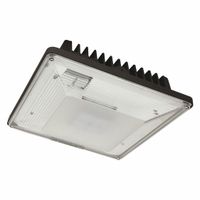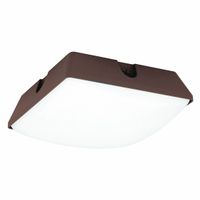- Home
- Lighting
- Outdoor Lighting
- Parking Garage Lights
Parking Garage Lights
Parking garage lights are overhead lighting fixtures that cast widespread, uniform light in interior areas of parking structures to increase visibility for pedestrians and vehicles. They mount to surfaces, pendants, or recesses of structure ceilings, soffits, or overhangs. Low-profile fixtures help .....Read More
Frequently Asked Questions
What are the benefits of using LED lights in parking garages?
How do I choose the right lighting fixtures for a parking garage?
What is the recommended brightness level for parking garage lights?
How do I ensure proper vehicle clearance with low-profile fixtures?
What are the installation options for parking garage lights?
How do pendant fixtures differ from other types of parking garage lights?
What maintenance is required for LED parking garage lights?



